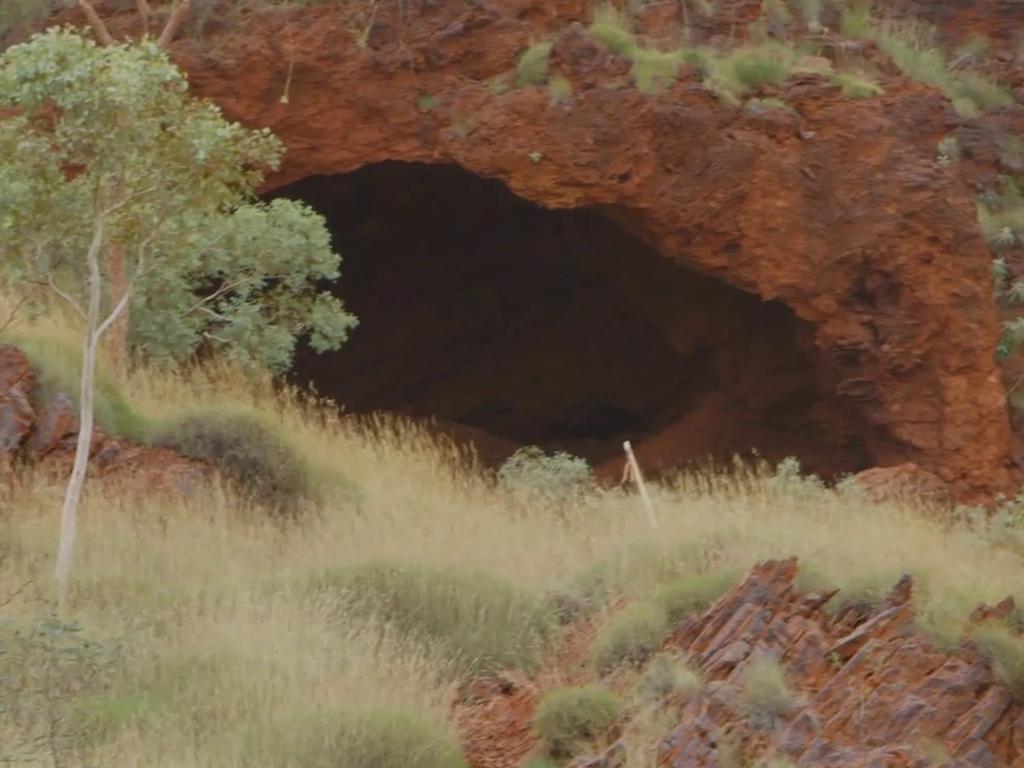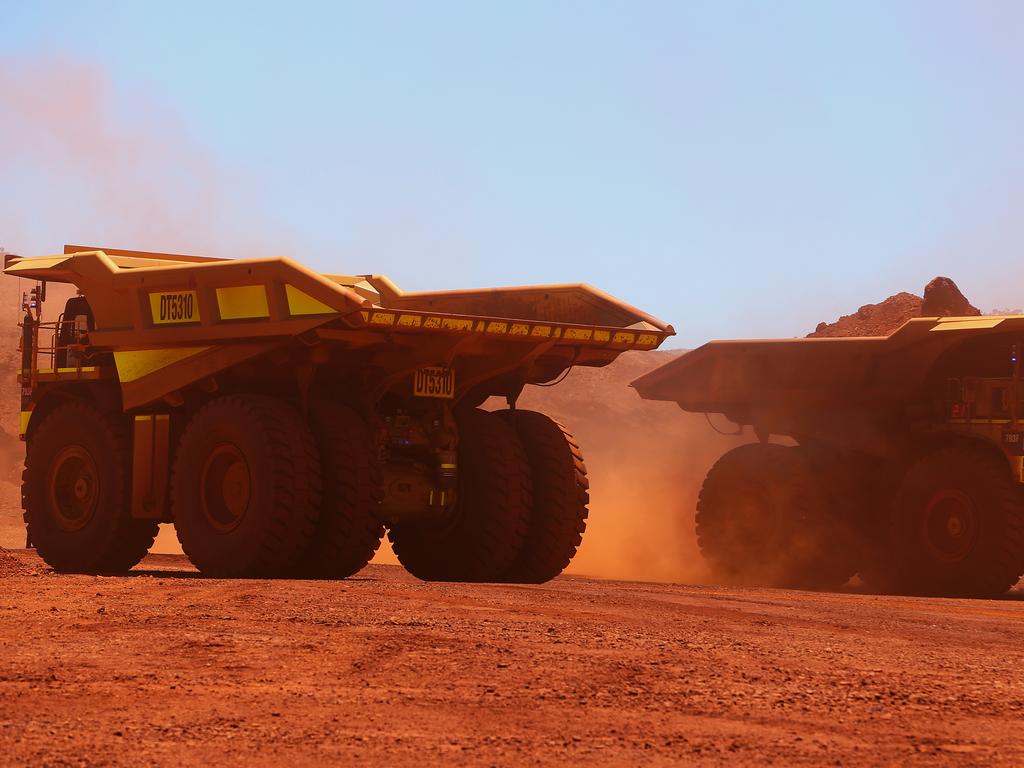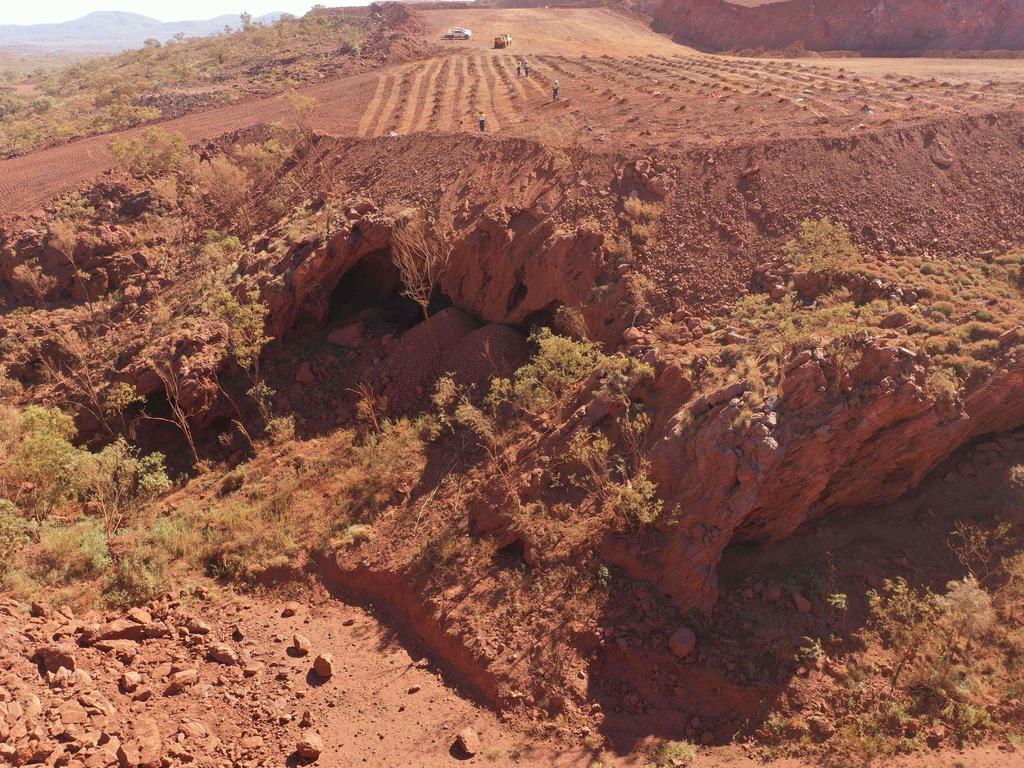Miners push ahead with projects despite Rio Tinto caves blast
The destruction of 46,000-year-old Aboriginal heritage sites hasn’t stopped Australia's biggest miners pushing ahead with projects.

Australia's biggest miners are pushing ahead with their latest approvals and applications under Western Australia’s contentious Section 18 regime, despite the controversy around Rio Tinto’s decision to use the mechanism to destroy 46,000-year-old Aboriginal heritage sites.
Dozens of the Section 18 exemptions have been signed off by West Australian Treasurer and Aboriginal Affairs Minister Ben Wyatt over the past year, including proposals from BHP and Fortescue. Several more are set to be considered this week by the same Aboriginal Cultural Material Committee that in 2013 approved Rio Tinto’s cave destruction.
The Section 18s are continuing to be proposed, approved and executed despite Mr Wyatt promising to abolish the mechanism in the wake of the Rio Tinto controversy. Documents from the Department of Planning, Lands and Heritage show that 80 Section 18 exemptions have been signed off in the past year, including 32 since January.
Iron ore miner Fortescue Metals Group has been among the most prolific applicants, submitting 25 requests since February 2018, while Rio Tinto and its subsidiaries have submitted 19 applications over the same period.
The Section 18 notices have been under intense scrutiny since Rio Tinto detonated two caves at Juukan Gorge in the western Pilbara last month. About 7000 Aboriginal artefacts dating back 46,000 years had been recovered from archaeological digs at the caves, and the local traditional owners had moved to try to preserve the caves before their destruction.
Mr Wyatt yesterday noted that any moratorium over Section 18 notices would halt many government and private sector projects.
“The vast majority of Section 18s that come to me as minister from a mining company have the consent of the local traditional owner group because they tend to work with them. They are the ones that will continue to come forward,” he said.
“What I’m certainly aware of are a range of mining companies, including those that have Section 18 approvals, are now revisiting mine plans where those sites are particularly sensitive to the local traditional owners.”
Fortescue has three separate Section 18 applications in the Pilbara awaiting decisions by Mr Wyatt, relating to its proposed expansion of the Queens mine, its $US2.6bn Iron Bridge joint venture, and a rail line connecting its new Western Hub to its existing Solomon project.
A fourth Fortescue Section 18 proposal, to extend operations at its Christmas Creek mine, will be discussed at an Aboriginal Cultural Material Committee meeting in Perth next week.
Fortescue chief executive Elizabeth Gaines said the company had worked closely with traditional custodians and worked to avoid affecting heritage sites where possible.
BHP and Rio Tinto are understood to have similarly avoided thousands of other heritage sites, given the size of their operations and longer history in the Pilbara.
Rio Tinto iron ore boss Chris Salisbury has said the company will review its practices, including its other Section 18 exemptions, in the wake of the caves destruction.
The acting president of BHP’s West Australian iron ore division, Tim Day, said the company had “regular and extensive” talks with traditional owners.
“We have established individual land use agreements in partnership with traditional owners, in addition to compliance with all relevant Aboriginal heritage protection laws,” he said.







